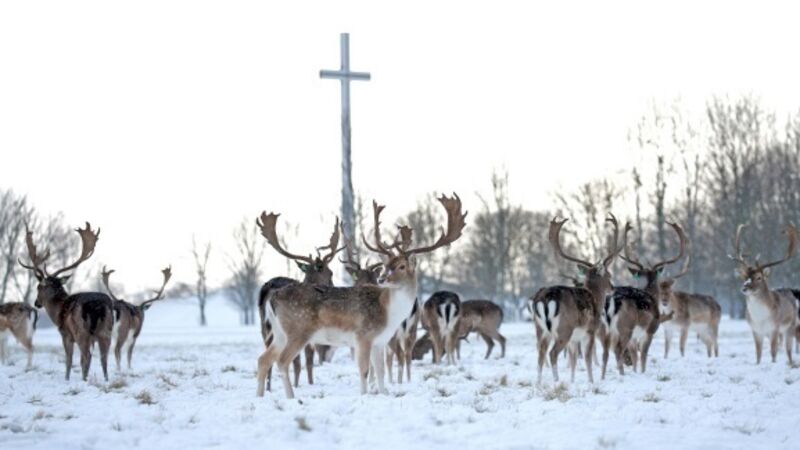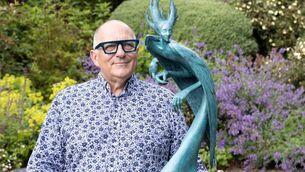Donal Hickey: Deer birth patterns evolving

An ongoing cull is resulting in a major reduction in the deer population in one of the country’s most visited natural attractions.
For a third successive winter, a heavy cull is under way in Killarney National Park. Close to 400 native Red and Sika deer were taken out during 2018/19 and there could be a further 200 this year.













